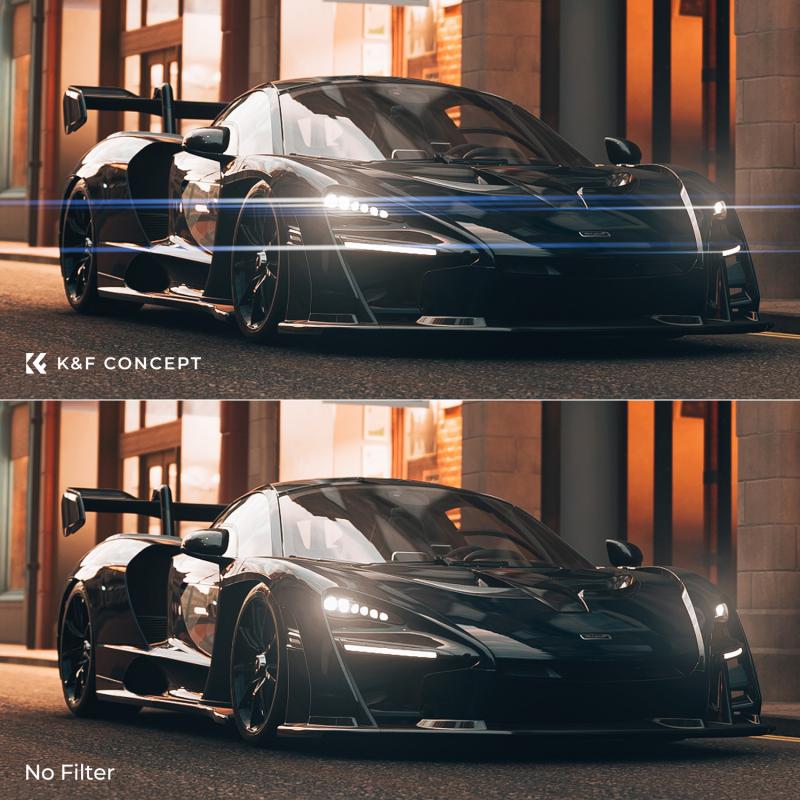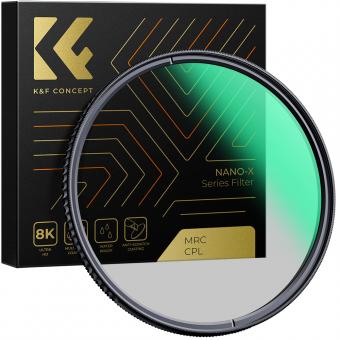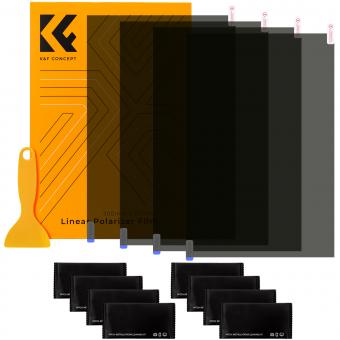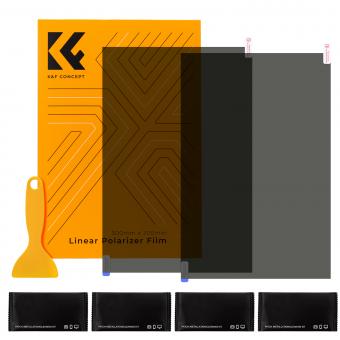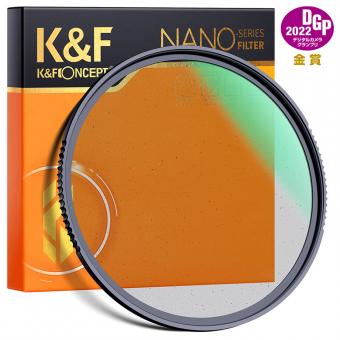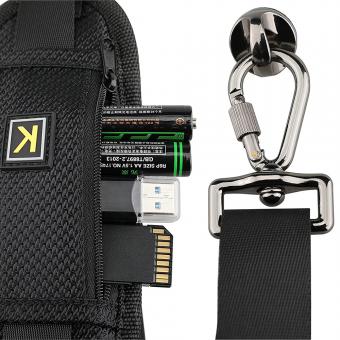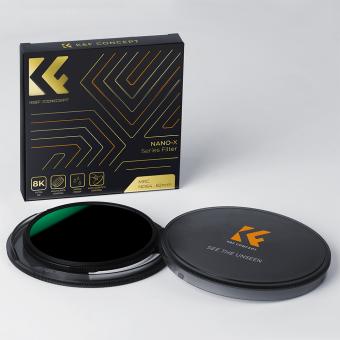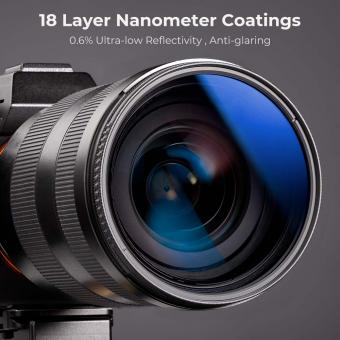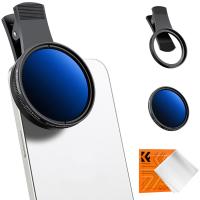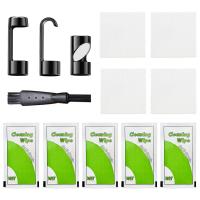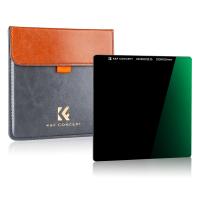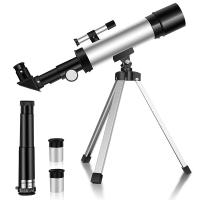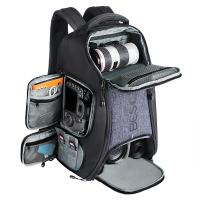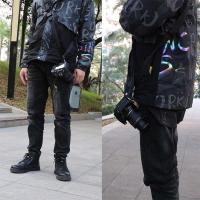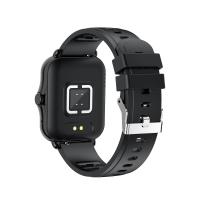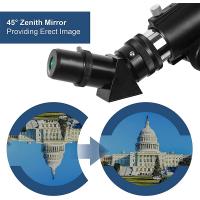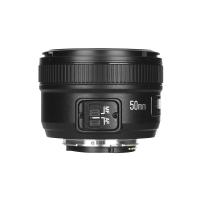How To Buy A Polarizing Filter ?
To buy a polarizing filter, you can follow these steps:
1. Determine the filter size: Check the diameter of your camera lens to find the correct filter size. It is usually mentioned on the front of the lens or in the lens specifications.
2. Research and choose a brand: Look for reputable brands that offer polarizing filters. Some popular options include B+W, Hoya, Tiffen, and Singh-Ray. Read reviews and compare prices to make an informed decision.
3. Decide on the type of polarizing filter: There are two types of polarizing filters - linear and circular. Circular polarizers are more commonly used for autofocus cameras, while linear polarizers work best with manual focus cameras. Choose the type that is compatible with your camera.
4. Purchase the filter: Visit a local camera store or browse online retailers to find the polarizing filter that meets your requirements. Make sure to select the correct filter size and type. Consider factors like price, quality, and any additional features you may need.
5. Install and use the filter: Once you have the polarizing filter, carefully attach it to your camera lens. Rotate the filter to adjust the polarization effect according to your desired outcome. Experiment with different angles to achieve the desired results in your photographs.
1、 Understanding Polarizing Filters: Types, Uses, and Benefits
Understanding Polarizing Filters: Types, Uses, and Benefits
A polarizing filter is an essential tool for photographers and videographers looking to enhance their images and videos. It helps to reduce glare, improve color saturation, and increase contrast in outdoor scenes. If you're interested in purchasing a polarizing filter, here's a guide on how to buy one.
1. Determine the filter size: Polarizing filters come in various sizes, so it's important to know the diameter of your camera lens. This information can usually be found on the front of the lens or in the camera's manual.
2. Choose between circular and linear polarizers: Circular polarizers are the most common and compatible with all modern cameras. Linear polarizers, on the other hand, may cause issues with autofocus and metering systems in some cameras.
3. Consider the quality: Look for a reputable brand that offers high-quality filters. Cheaper filters may affect image quality and introduce unwanted artifacts. Brands like B+W, Hoya, and Tiffen are known for their reliable polarizing filters.
4. Decide on the filter strength: Polarizing filters come in different strengths, usually labeled as "light," "medium," or "strong." The strength determines the amount of light that passes through the filter and the intensity of the polarization effect. Consider your shooting conditions and preferences when choosing the strength.
5. Check for additional features: Some polarizing filters have additional features like multi-coating to reduce reflections and protect against scratches. These features can enhance the overall performance and durability of the filter.
6. Read reviews and compare prices: Before making a purchase, read reviews from other photographers to get an idea of the filter's performance and reliability. Compare prices from different retailers to ensure you're getting the best deal.
In conclusion, buying a polarizing filter involves considering factors such as filter size, type, quality, strength, additional features, and price. By understanding these aspects, you can make an informed decision and find the perfect polarizing filter for your photography or videography needs.
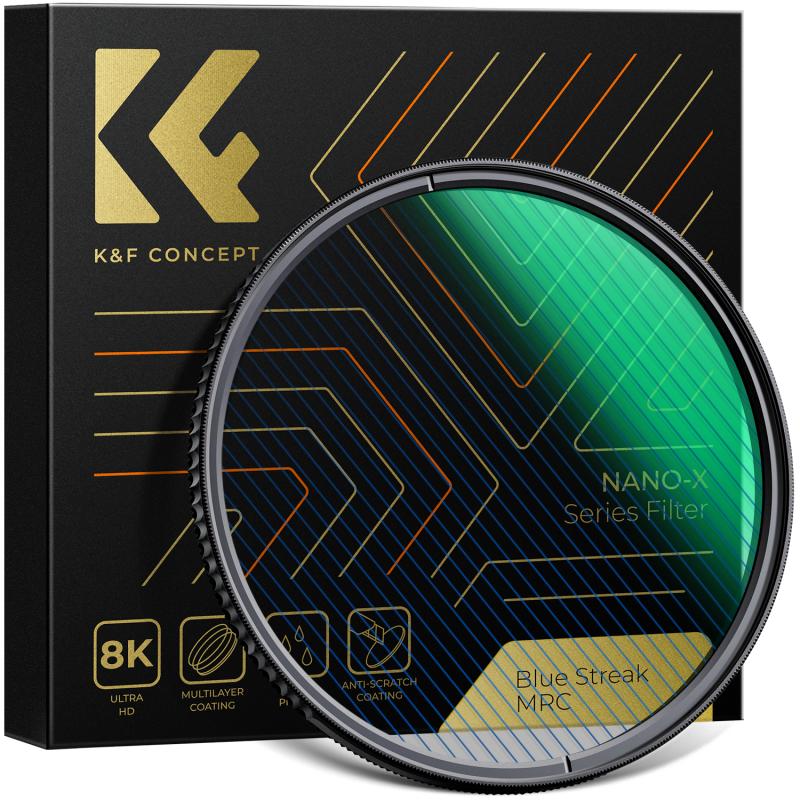
2、 Factors to Consider When Buying a Polarizing Filter
Factors to Consider When Buying a Polarizing Filter
1. Filter Size: The first thing to consider when buying a polarizing filter is the size. Ensure that the filter you choose matches the diameter of your camera lens. Most filters come in various sizes, so it's important to check the lens diameter before making a purchase.
2. Filter Type: There are two main types of polarizing filters - linear and circular. Circular polarizing filters are the most commonly used and are compatible with autofocus and TTL metering systems. Linear polarizing filters, on the other hand, are best suited for manual focus cameras. It's important to choose the right type of filter based on your camera's specifications.
3. Quality: The quality of the filter is crucial for achieving optimal results. Look for filters made from high-quality materials that are durable and scratch-resistant. Multi-coated filters are also recommended as they reduce reflections and flare, resulting in better image quality.
4. Price: Consider your budget when buying a polarizing filter. While it's tempting to opt for cheaper options, investing in a higher-quality filter will yield better results. However, it's important to strike a balance between quality and price to ensure you're getting the best value for your money.
5. Compatibility: Ensure that the polarizing filter you choose is compatible with your camera and lens. Some filters may not fit certain lens types or may cause vignetting. Check the compatibility specifications provided by the manufacturer before making a purchase.
6. Reviews and Recommendations: Before buying a polarizing filter, read reviews and seek recommendations from photographers or online communities. This will give you insights into the performance and reliability of different filters, helping you make an informed decision.
In conclusion, when buying a polarizing filter, consider factors such as filter size, type, quality, price, compatibility, and reviews. By taking these factors into account, you can ensure that you choose the right polarizing filter for your photography needs.

3、 Choosing the Right Size and Compatibility for Your Camera
When it comes to buying a polarizing filter for your camera, there are a few key factors to consider. The first step is to determine the correct size and compatibility for your camera. This is crucial as filters come in various sizes and not all filters will fit every camera lens.
To find the right size, you need to know the diameter of your lens. This information can usually be found on the front of the lens or in the camera's manual. Once you have the diameter, you can search for a polarizing filter that matches that size.
Compatibility is also important. Some cameras have specific filter systems or lens attachments that require a certain type of filter. It's essential to check if your camera has any specific requirements before making a purchase.
Additionally, it's worth considering the latest advancements in polarizing filters. In recent years, manufacturers have introduced new technologies such as slim filters, which reduce vignetting and allow for wider-angle shots. These filters are particularly useful for landscape and outdoor photography.
Another point to consider is the quality of the filter. Investing in a high-quality filter can significantly impact the results of your photographs. Look for filters made from high-quality materials that minimize reflections and maintain color accuracy.
In conclusion, when buying a polarizing filter, start by choosing the right size and compatibility for your camera. Consider the latest advancements in filter technology and opt for a high-quality filter to enhance your photography.
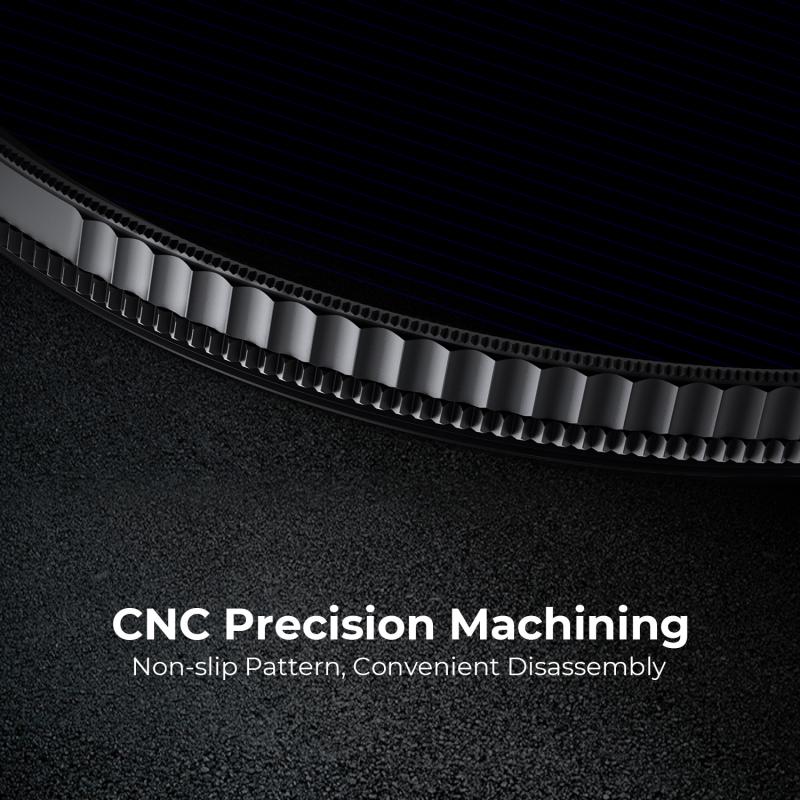
4、 Evaluating Optical Quality and Coating Technology in Filters
To buy a polarizing filter, you can follow these steps:
1. Determine the filter size: Measure the diameter of your camera lens to determine the correct filter size. It is usually mentioned on the front of the lens or in the lens specifications.
2. Research reputable brands: Look for well-known brands that specialize in camera filters. Brands like B+W, Hoya, Tiffen, and Singh-Ray are known for their high-quality filters.
3. Decide on the type of polarizing filter: There are two types of polarizing filters - linear and circular. Circular polarizers are more commonly used in modern cameras as they work well with autofocus and metering systems. Ensure you choose the correct type for your camera.
4. Consider optical quality: Look for filters that are made with high-quality glass or resin materials. These materials should be free from distortion, color casts, and reduce glare effectively.
5. Evaluate coating technology: Coatings on filters help reduce reflections, improve light transmission, and protect against scratches. Look for filters with multi-coatings or advanced coating technologies like nano-coatings, which provide better performance.
6. Read reviews and seek expert opinions: Check online reviews and forums to gather information about the performance and durability of different filters. Additionally, seek advice from professional photographers or camera stores to get their recommendations.
7. Compare prices: Once you have narrowed down your options, compare prices from different retailers to find the best deal. However, keep in mind that quality should be the priority over price.
It is important to stay updated with the latest advancements in filter technology. As of now, some manufacturers are introducing filters with advanced features like anti-static coatings to repel dust and dirt, water-repellent coatings for easy cleaning, and even magnetic filter systems for quick attachment. Considering these latest developments can help you make an informed decision while purchasing a polarizing filter.
